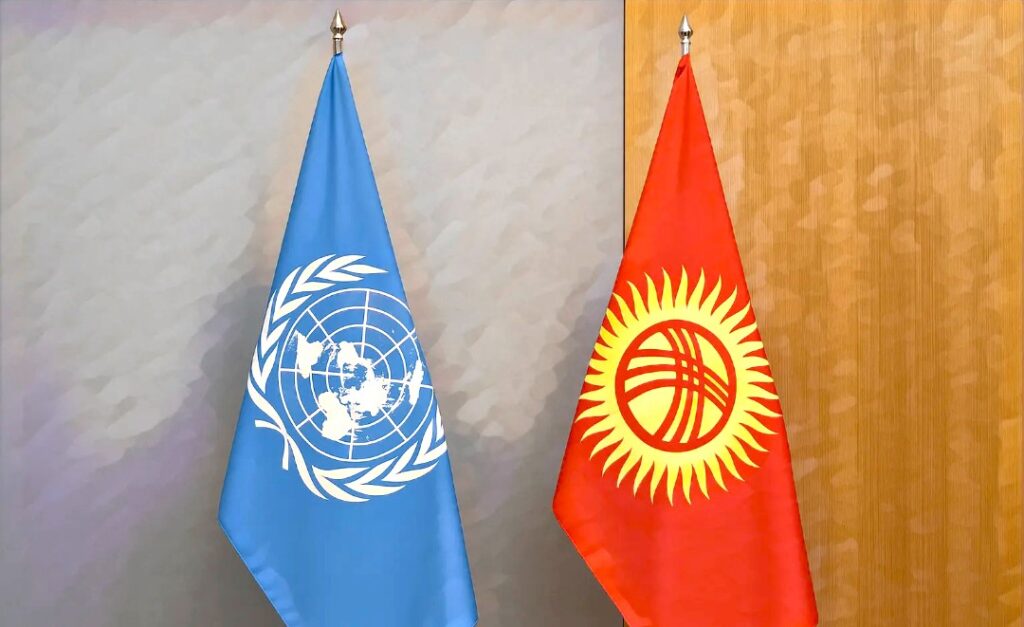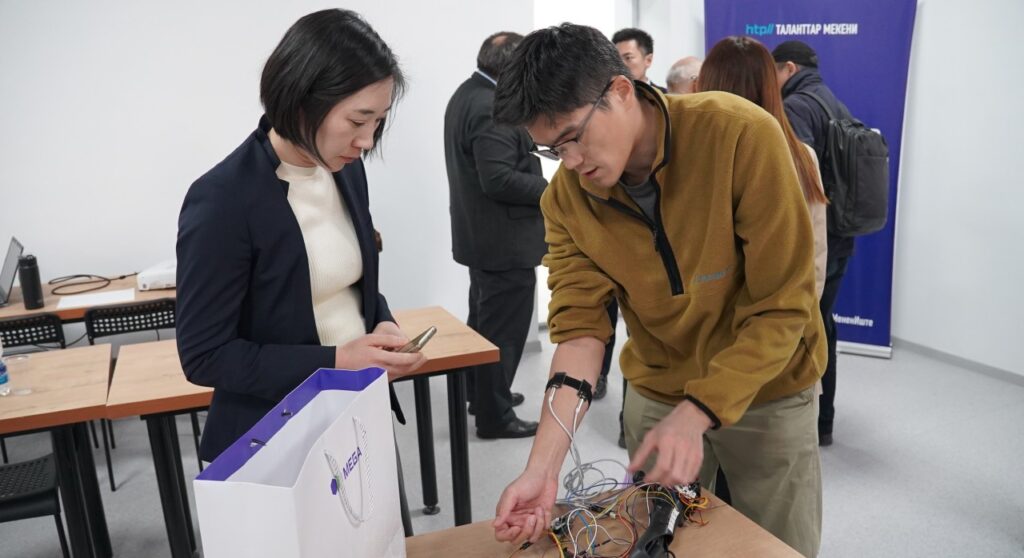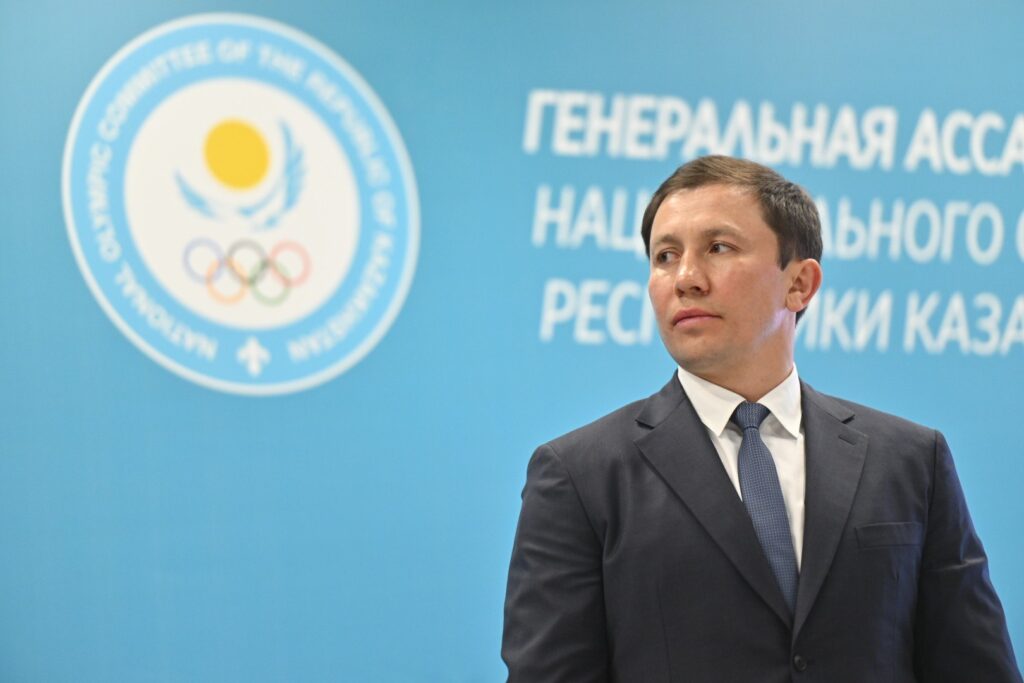BISHKEK (TCA) — Resolving the legacy of uranium mining in Central Asia is becoming urgent, and further action is needed to prevent the release of radioactive and toxic waste not only locally but also to protect transboundary rivers from pollution. It will protect the Fergana Valley, which is of high significance for the economic development of the region, the Delegation of the European Union to the Kyrgyz Republic said on May 28.
With this in mind, the EU strongly supports the urgent appeal made to the international community to make more financial means available to solve the health and environmental problems. This is crucial for progress in Central Asia. In total, 70 million euro is needed and to be pledged at a Donors’ conference to be held on 8 November 2018.
The appeal for financial support was made during the international conference held on 17 May in Bishkek, Kyrgyzstan. The event was hosted by the Kyrgyz Government with the support of the European Commission (EC). The meeting concluded that all the preparatory work has been finalised to allow immediate start of the remediation work in seven identified priority sites pending financial support which is currently insufficient. The seven priority sites were selected with the consent of the three most directly involved countries: the Kyrgyz Republic, Tajikistan and Uzbekistan.
Days before the conference, the European Union delegation led by Mrs Michele Rivasi (Member of the European Parliament) visited the uranium legacy sites at Mailuu-Suu (the Kyrgyz Republic). First-hand information was received on the seriousness of the current situation. The urgency to bring permanent solutions to the affected populations became clear. There is a high risk of pollution of the rivers leading to contamination of significant parts of Uzbekistan’s downstream. Therefore, work has to commence immediately to prevent this from happening.
During the conference Mrs Rivasi (MEP) stated: “The situation in Mailuu–Suu is a clear illustration of the urgency of the health and environmental problems in Central Asia. This is the result of the uranium mining legacy. The current situation is unacceptable and needs to be solved. All the plans that bring a solution are ready and should be financed by the international community. This will allow the immediate start of the work. The population has been waiting too long for our response. They rightly ask for international support to improve their day-to-day lives.”
The EU has already relegated 16.5 million Euro and Norway 600,000 Euro to a special fund for the financing of the works as managed by the European Bank of Reconstruction and Development (EBRD). However, this is far from being sufficient. An additional amount of 70 million Euro is needed to finance remediation activities in the seven identified priority sites in Central Asia. The aim of the EBRD fund is to merge and manage financial resources based on well-established financial rules.
The EU efforts on environmental remediation in Central Asia are part of the overall EU-Central Asia strategy. A new strategy is under preparation.
In addition to the 16 million Euro transferred to the EBRD Environmental Remediation Fund, the EU has already provided €15 million for detailed environmental impact assessments and feasibility studies at the seven priority sites:
– Min-Kush, Shekaftar and Mailuu-Suu in the Kygyz Republic;
– Degmay and Istoklol in Tajikistan;
– Charkesar and Yangiabad in Uzbekistan.
These sites are included in a Strategic Master Plan for uranium legacy sites as prepared under the leadership of the International atomic Energy Agency (IAEA). The plan defines the priority uranium legacy sites and the estimated cost of the remediation work.








